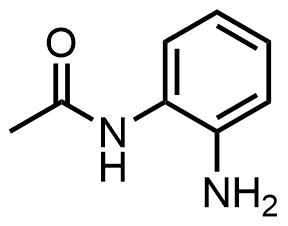| Pyrroloquinoline-quinone synthase | |||||||||
|---|---|---|---|---|---|---|---|---|---|
| Identifiers | |||||||||
| EC no. | 1.3.3.11 | ||||||||
| Databases | |||||||||
| IntEnz | IntEnz view | ||||||||
| BRENDA | BRENDA entry | ||||||||
| ExPASy | NiceZyme view | ||||||||
| KEGG | KEGG entry | ||||||||
| MetaCyc | metabolic pathway | ||||||||
| PRIAM | profile | ||||||||
| PDB structures | RCSB PDB PDBe PDBsum | ||||||||
| |||||||||
In enzymology, a pyrroloquinoline-quinone synthase (EC 1.3.3.11) is an enzyme that catalyzes the chemical reaction
- 6-(2-amino-2-carboxyethyl)-7,8-dioxo-1,2,3,4,5,6,7,8-octahydroquinoline-2,4-dicarboxylate + 3 O2 4,5-dioxo-3a,4,5,6,7,8,9,9b-octahydro-1H-pyrrolo[2,3-f]quinoline- 2,7,9-tricarboxylate + 2 H2O2 + 2 H2O
The two substrates of this enzyme are 6-(2-amino-2-carboxyethyl)-7,8-dioxo-1,2,3,4,5,6,7,8-octahydroquinoline-2,4-dicarboxylate, and O2, whereas its 3 products are 4,5-dioxo-3a,4,5,6,7,8,9,9b-octahydro-1H-pyrrolo[2,3-f]quinoline-2,7,9-tricarboxylate, H2O2, and H2O.
This enzyme belongs to the family of oxidoreductases, specifically those acting on the CH-CH group of donor with oxygen as acceptor. The systematic name of this enzyme class is 6-(2-amino-2-carboxyethyl)-7,8-dioxo-1,2,3,4,5,6,7,8-octahydroquinol ine-2,4-dicarboxylate:oxygen oxidoreductase (cyclizing). This enzyme is also called PqqC.






